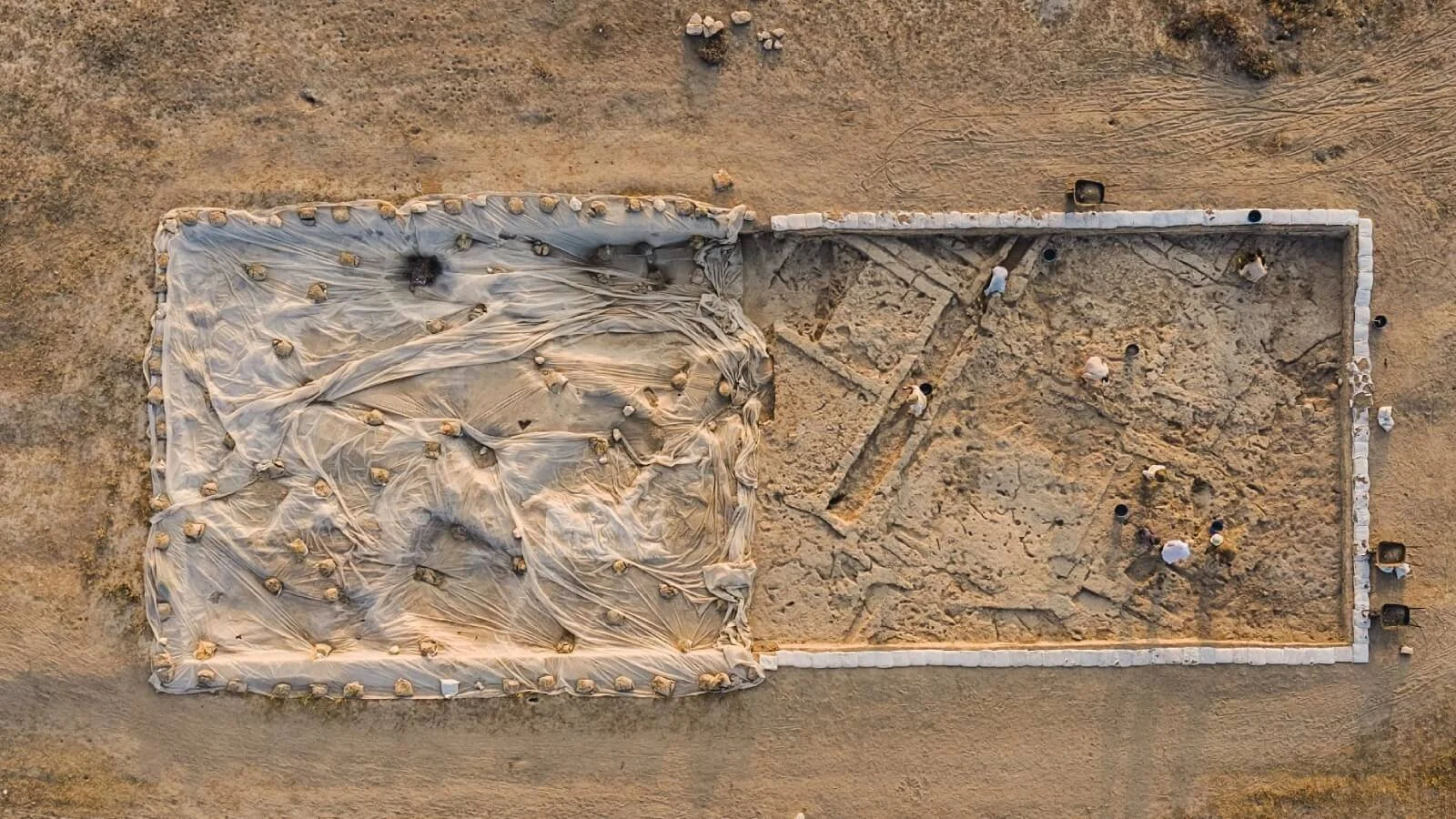Medieval illuminated manuscripts offer a fascinating glimpse into the whimsical world of marginal art, where unexpected imagery often flourished. Among the many curious motifs found in these margins, one of the most intriguing involves knights engaging in combat with snails.
According to scholar Lilian Randall, this peculiar motif may have originated as a commentary on the despised Lombards, who were notorious lenders across Europe during the medieval period. In this interpretation, the snail symbolized the Lombards, and the depiction of knights battling them served as a symbolic representation of society's disdain for moneylenders. Over time, this imagery evolved into a sort of meme, detached from its original context but retaining its humorous and satirical essence.
While Randall's theory provides a compelling explanation for the presence of snail-knights in medieval manuscripts, it remains just one interpretation among many in the complex tapestry of art history. Nevertheless, it offers valuable insight into the rich cultural milieu of marginal art, where layers of meaning, confusion, and amusement coexist on the periphery of the page, inviting viewers to ponder the intricacies of medieval society and its visual language.







